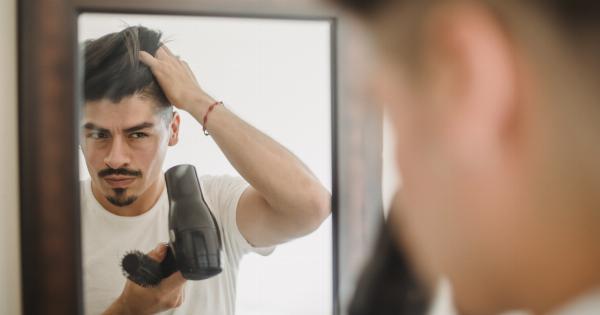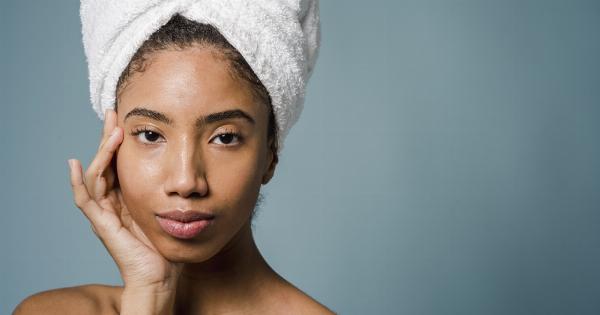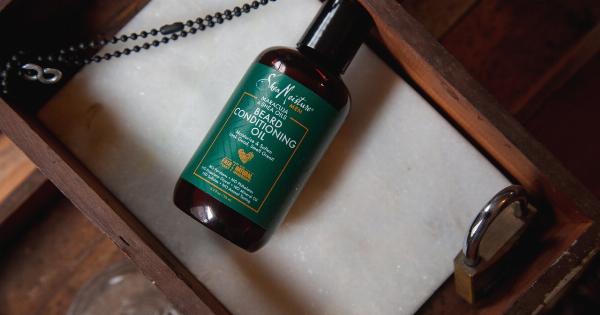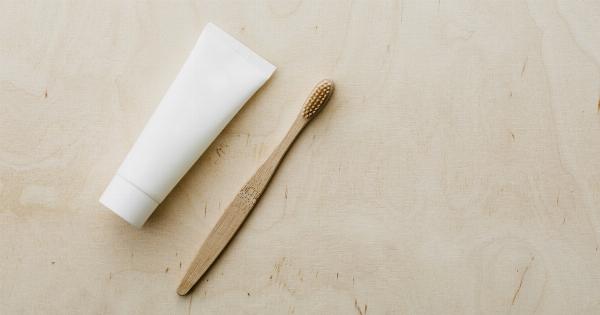If you are someone who loves to experiment with their hair or who is constantly in search of new ways to maintain healthy and silky hair, then you may have heard about Keratin treatment.
Keratin treatment has become popular with many women as it is a quick and effective way to transform dull and frizzy hair into smoother, shinier, and more manageable locks. But what exactly is Keratin treatment, how does it work, and what are its benefits and downsides? Here is everything you need to know about Keratin treatment.
What is Keratin Treatment?
Keratin treatment is a hair straightening treatment that aims to reduce frizz, add shine and make hair more manageable.
The treatment involves applying a formaldehyde-free protein solution to the hair which penetrates the hair shaft and smoothes out the cuticles. This solution instantly coats the hair strands with keratin, a natural protein that is found in hair, nails, and skin.
This strengthening protein fills the gaps in the hair cuticles, bringing back the hair’s natural moisture and promoting hair health.
How Does Keratin Treatment Work?
Keratin treatment works by restoring the levels of keratin in the hair. When the hair is exposed to external factors such as heat styling, pollution, or chemical treatments, it loses its natural keratin.
As a result, hair becomes dry, frizzy, and prone to breakage. The keratin solution used in the treatment contains a special formulation of amino acids, which are activated by high heat and bond with the hair cuticles giving them back the keratin needed to become smooth and shiny.
What Are the Different Types of Keratin Treatment?
There are different types of Keratin treatment available, and the most common ones are Brazilian Keratin Treatment, Keratin Express, and Keratin Complex Treatment.
- Brazilian Keratin Treatment – This treatment involves applying a formaldehyde-free keratin solution to the hair and then sealing it with a flat iron. The treatment can take up to three hours depending on the length and thickness of your hair.
- Keratin Express – This treatment is a quicker version of the Brazilian Keratin Treatment, taking only about an hour. It is ideal for those who want to add shine and control frizz with minimal time and cost.
- Keratin Complex Treatment – This treatment is a more long-term solution for reducing frizz and keeping hair smooth. The Keratin Complex Treatment lasts for up to five months and involves multiple steps like shampooing, conditioning and styling the hair.
What Are the Benefits of Keratin Treatment?
The benefits of Keratin treatment are many, and some of them include:.
- Reduces Frizz – Keratin treatment smoothens the hair and reduces frizz, leaving your hair looking silky and shiny.
- Minimizes Split-Ends and Hair Breakage – Keratin treatment fills in the gaps in the hair cuticles, which helps to minimize split-ends and hair breakage.
- Makes Hair More Manageable – Keratin treatment makes hair more manageable and easy to style, giving you a sleek and smooth look.
- Provides Long-Lasting Results – With proper care, Keratin treatment can last for up to six months, making it a cost-effective hair care solution.
What Are the Downsides of Keratin Treatment?
While Keratin treatment has many benefits, it also has some downsides that you should be aware of:.
- Expensive – Keratin treatment can be expensive, and the price may vary depending on your salon and location.
- Time-Consuming – Keratin treatment can take several hours, and you may need to schedule a full day for the process.
- Requires Special Care – After Keratin treatment, you need to avoid washing your hair for at least three days and use sulfate-free shampoos and conditioners to maintain the treatment.
- Not Suitable for Everyone – Keratin treatment may not be an ideal solution for everyone. Pregnant women and people with sensitive skin or allergies to some of the ingredients in the treatment should avoid it.
Is Keratin Treatment Safe?
Keratin treatment is generally safe for use, but it is essential to remember that the safety of the treatment depends on the quality and brand of the product used.
To avoid any adverse effects, make sure that you use only high-quality products that are free of harmful chemicals. It is also advisable to get the treatment done only by a licensed and experienced professional.
How to Take Care of Hair After Keratin Treatment?
To make your Keratin treatment last longer, you need to take proper care of your hair. Here are some tips on how to take care of hair after Keratin treatment:.
- Avoid Heat Styling – Avoid using heat styling tools like straighteners and curlers on your hair after Keratin treatment as it can damage the hair cuticles and make the Keratin treatment wear off faster.
- Use Sulfate-Free Shampoo and Conditioner – Sulfate-free shampoos and conditioners are gentle on your hair and help maintain the Keratin treatment for longer.
- Avoid Chlorine and Saltwater – Avoid swimming in chlorinated or saltwater as it can strip the hair of the keratin and make it frizzy.
- Avoid Tying Hair Too Tight – Avoid tight hair ties and braids after Keratin treatment as they can cause hair breakage and undo the effects of the treatment.
Conclusion
Keratin treatment is an effective way to transform dull and frizzy hair into smoother, shinier, and more manageable locks. While the treatment has many benefits, it also has some downsides that you should be aware of.
To make the most of the treatment, take proper care of your hair after the treatment, use high-quality products, and get it done by a licensed and experienced professional.




























